What can be done about London's overheating homes?
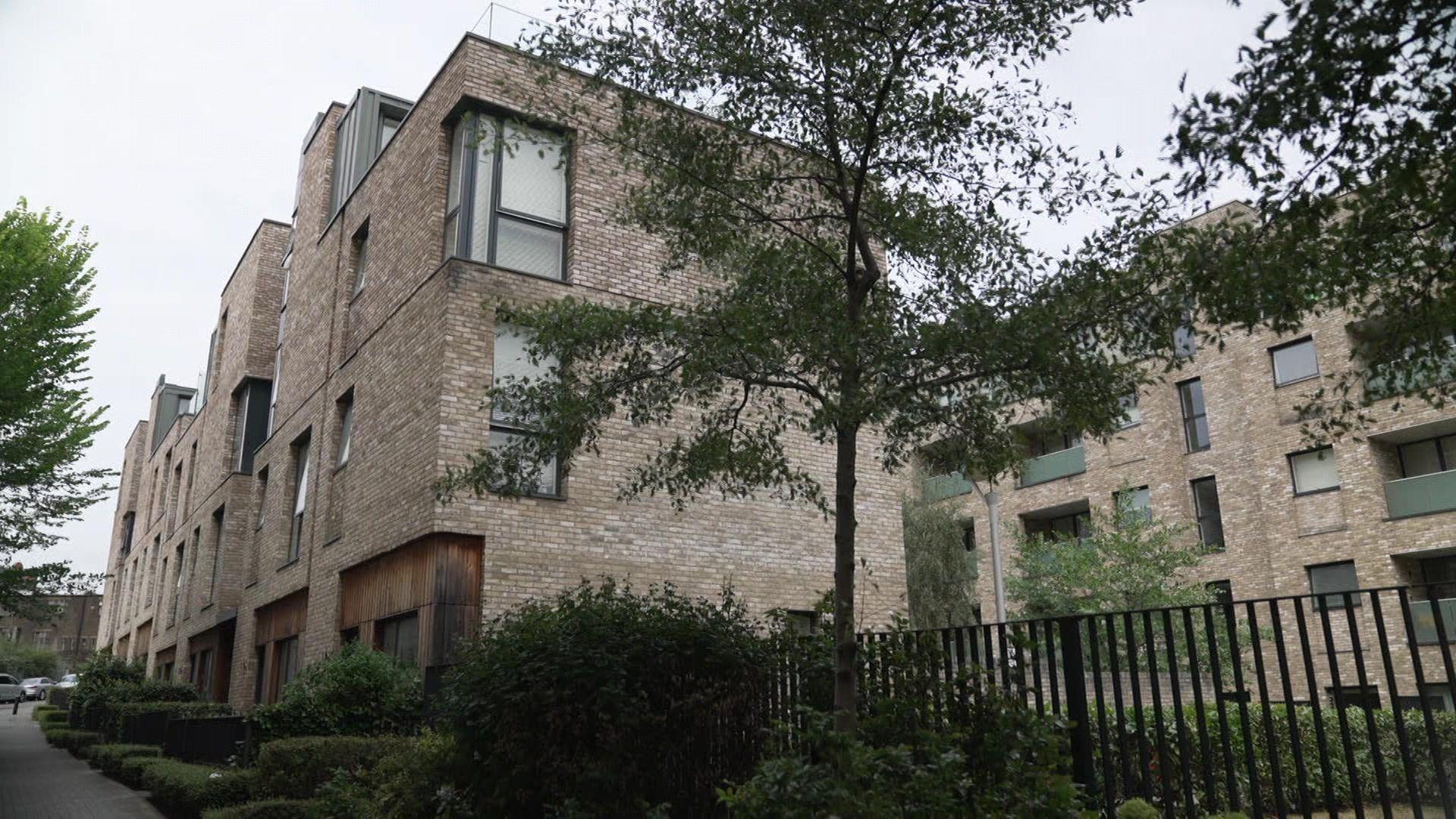
Musician Andre Louis says his Kilburn home gets very hot during the summer months
- Published
London is now considered one of the world's most extreme urban heat islands, according to the London Climate Ready Partnership, external.
The capital's concrete jungle can result in the centre of the city being up to 10C warmer than surrounding rural areas.
It means many homes become uncomfortable in the heat - unless measures are put in place to do something about it.

Andre says he saves a lot on heating in the winter
As a musician, Andre Louis works a lot at his home in Kilburn and in summer, despite having numerous fans placed around the rooms, he says it gets unbearably hot.
"The way that these places are built, they are built for warmth, but that means that in heat, it is doubly warm," he explains.
"We don't turn the heating on in the winter, for example. We haven't done in about eight years. In that time, we've actually saved a lot of money by not having to turn the heating on.
"But because these places don't come with air conditioning, we find that anything we do to mitigate doesn't help."
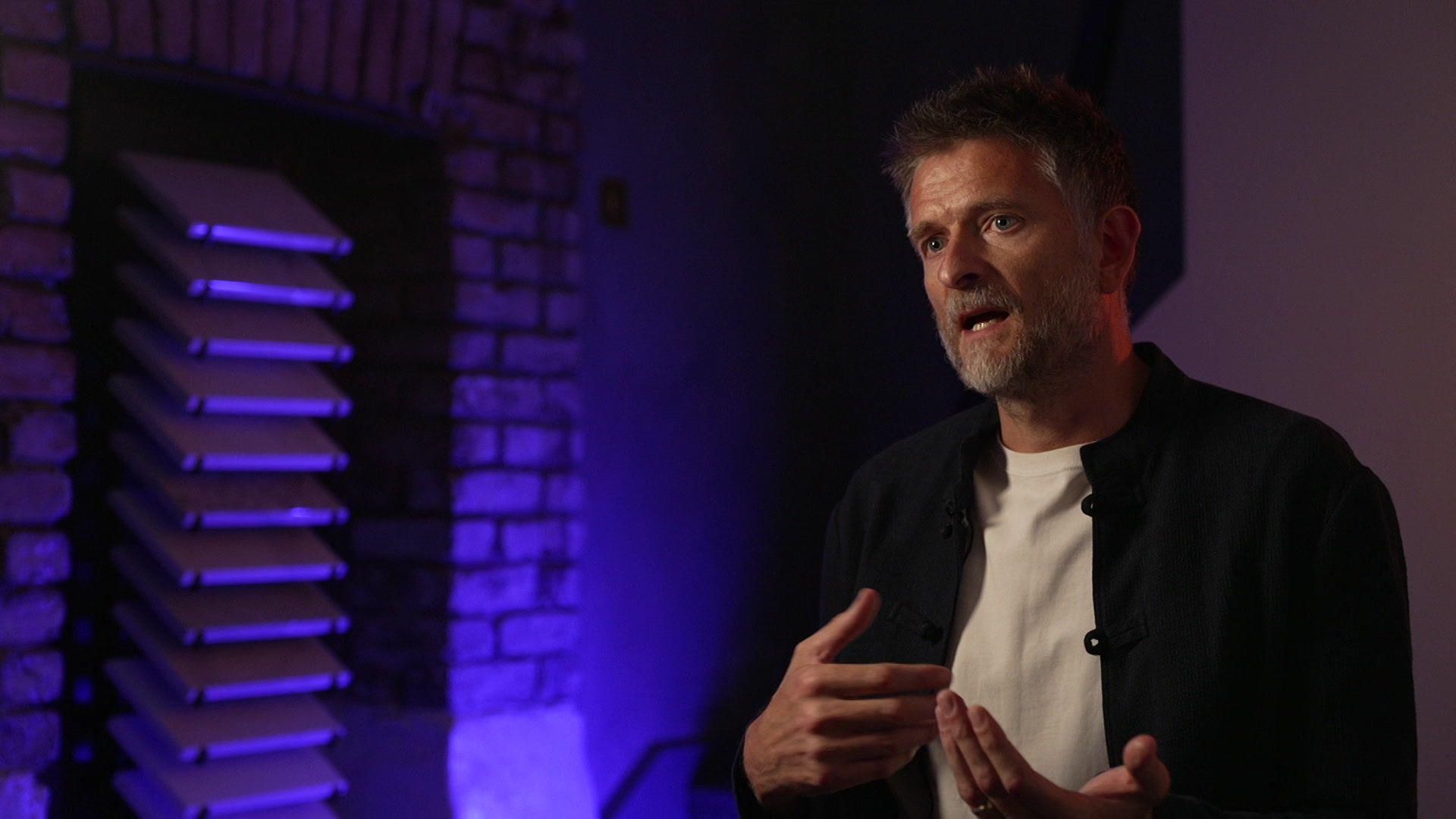
Architect Sean Hill says there are ways to keep homes cool without air conditioning
It's not just the houses that are heating up - it's the city itself.
In heavily built-up parts of the city like Kilburn, the brick and concrete absorb the day's warmth and slowly release it after sunset.
But down the road in Regent's Park, with its greenery and natural shade, it's several degrees cooler.
At night, the difference between those built-up areas and greener ones can be up to 7C.
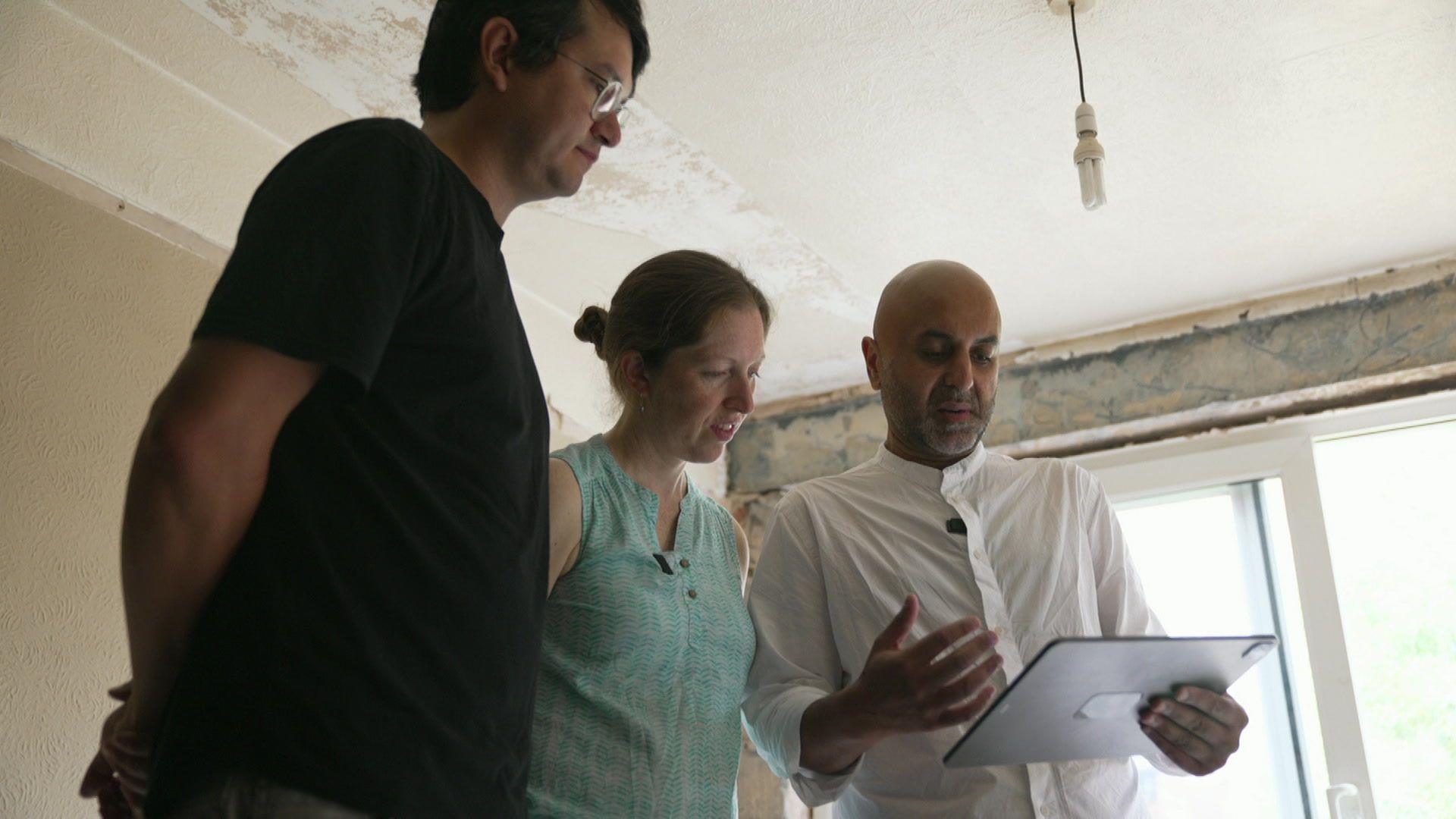
Freya and Alex are aiming to future proof their home against rising temperatures
London architect Sean Hill specialises in designing homes that need very little energy to keep them warm or cool.
He says there are various aspects that can be taken into account when designing a home, including "the insulation of the building, the position and orientation of the building, the position of the windows [and] the size of the windows, in terms of overheating and as well as ventilating the space".
His firm are working with couple Freya and Alex who recently bought a new home and want to introduce measures so that the space stays warm in the winter and cool in summer.
"We wanted to come in and kind of future-proof it, make it so that we thought it would be liveable for the next 20-plus years... so you don't get too hot or too cold," says Freya.
"That was our aim and because we're lucky enough to be able to do it all in one go at the beginning, we're going all out."
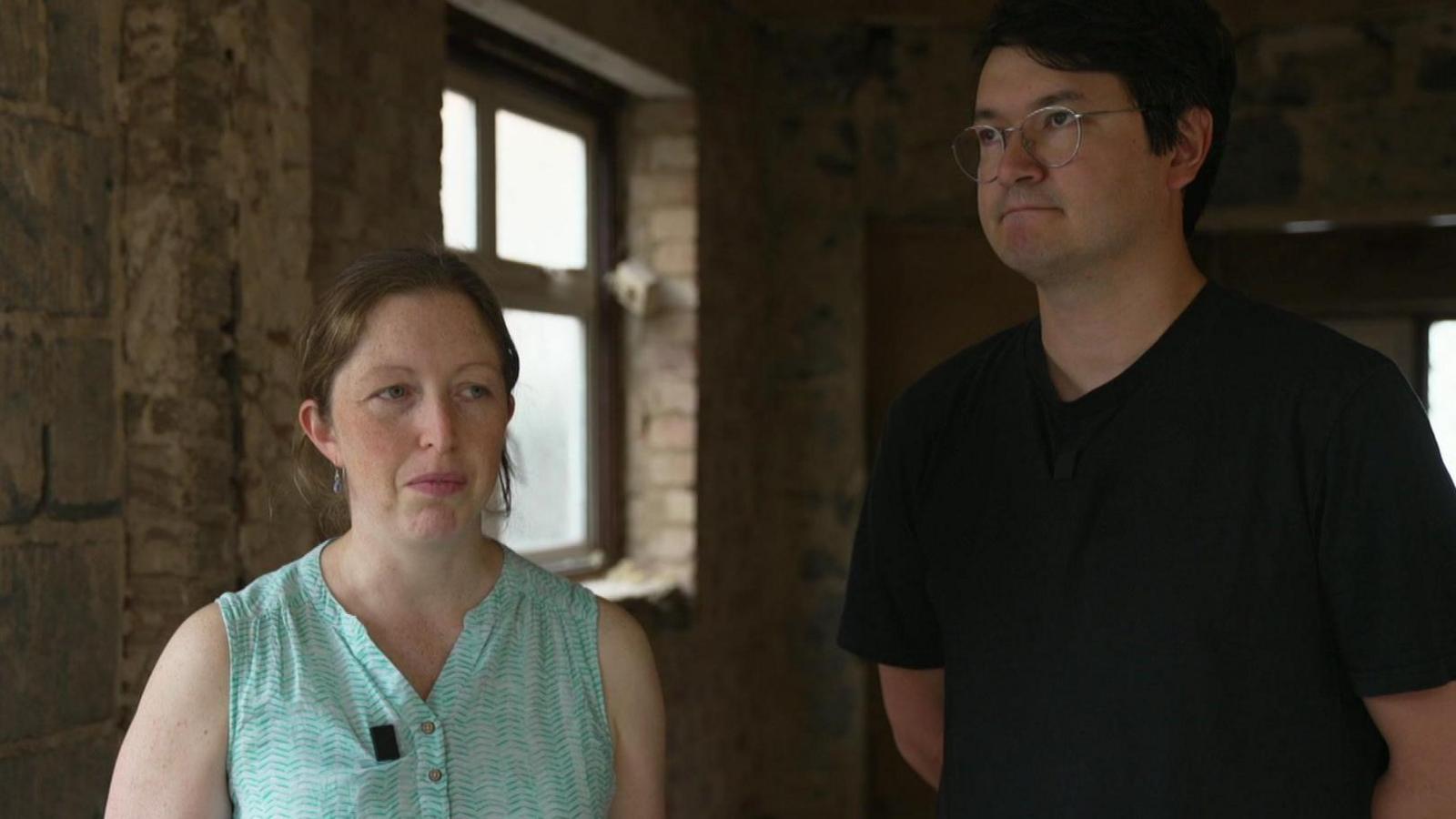
Freya and Alex are painting their house white to help reduce heat from the sun
Alex says when it is finished, the house will include various methods to keep it a comfortable temperature.
"When it's hot, the blinds will go down automatically. We have mechanical ventilation. The heat pump we have can run in reverse cycle, so we'll be able to cool the floors and the ceiling."
He says they will also "paint the house white, so that will probably help some amount because we'll be reflecting more of the light.
"Hopefully all of those in combination will keep things at a cool temperature."
The couple are avoiding using air conditioning as it often means pumping hot air outside, which can further increase temperatures in the city.
As our summers get warmer, the issue of how to keep cool is likely to get more people thinking about their options.
Listen to the best of BBC Radio London on Sounds and follow BBC London on Facebook, external, X, external and Instagram, external. Send your story ideas to hello.bbclondon@bbc.co.uk, external
- Published12 August
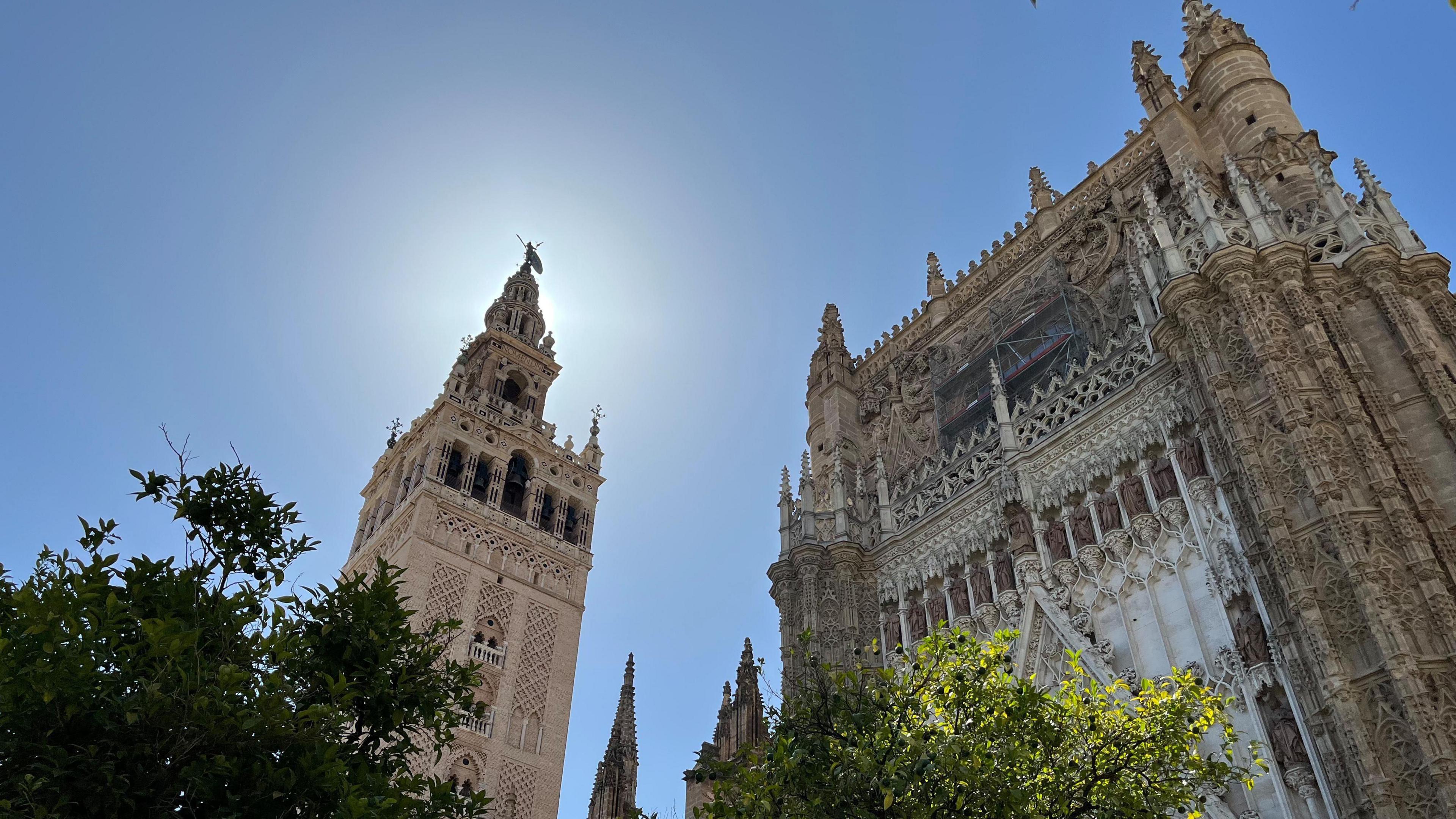
- Published14 August
